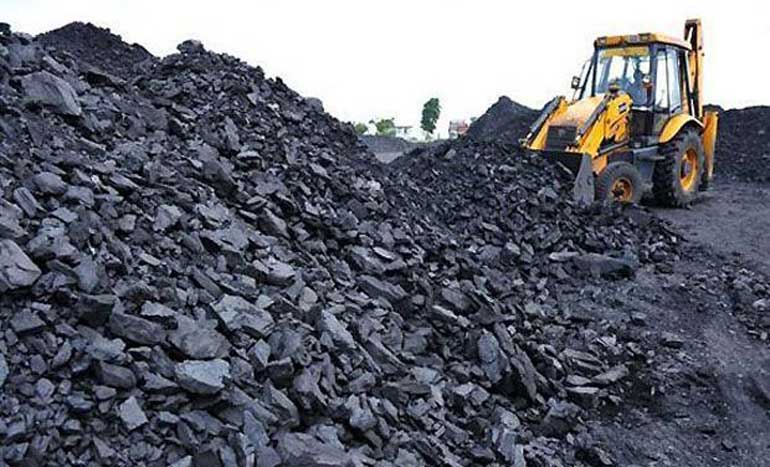Saturday Mar 15, 2025
Saturday Mar 15, 2025
Thursday, 20 August 2015 00:00 - - {{hitsCtrl.values.hits}}

Reuters: Coal futures have fallen to 12-year lows, hit by soaring production and a slowdown in global buying, including from India and China which until recently have been pillars of strong demand.
Benchmark API2 2016 coal futures last settled at $52.85 a ton, a level not seen since November 2003. The contract is now over 75% below its 2008 all-time peak and more than 60% below its most recent high following the 2011 Fukushima nuclear disaster in Japan.
The steady and sharp fall in coal prices has knocked down shares of big mining companies like BHP Billiton, Glencore and Rio Tinto, and it has seen many financers exit the sector.
The price fall follows a rise in output from exporters like Australia at the same time as a sharp slowdown in overseas orders from major importers like the United States, and now also China and India.
“Indian coal imports are now under pressure ... Both thermal and met coal imports ran at their weakest annualised rates since October 2014,” Australian bank Macquarie said on Wednesday.
“Such a fall might not be just a temporary blip. On the thermal coal side we have seen power plant inventories reach record high levels, domestic production growth improve significantly and demand growth slow,” it added. Thermal coal is used in power plants while metallurgical coal is used to make iron ore.
Demand from China has also slowed as its economy grows at its slowest pace in decades and the government has started a fight against rampant pollution, to which coal contributes significantly.
In the United States, soaring natural gas from shale formations has made gas much cheaper, eating into coal’s US power generation share, and the government also plans to move away from coal for environmental reasons.
Demand in Europe has been flat as energy efficiency improves, renewables take increasing shares of the power mix and many of its economies struggle to grow.
Yet at some point the low coal prices could also start to stimulate demand as it has made the fuel super-competitive against its main competitor, natural gas. Reuters calculations show that the revenues from selling electricity generated from coal in Germany are around 20 euros per megawatt-hour higher than those produced from natural gas.
Emerging markets which have yet to provide blanket electricity to its households and need cheap energy to develop their industry also still mostly rely on coal as their main fuel as they prioritise low costs over environmental concerns.
Discover Kapruka, the leading online shopping platform in Sri Lanka, where you can conveniently send Gifts and Flowers to your loved ones for any event including Valentine ’s Day. Explore a wide range of popular Shopping Categories on Kapruka, including Toys, Groceries, Electronics, Birthday Cakes, Fruits, Chocolates, Flower Bouquets, Clothing, Watches, Lingerie, Gift Sets and Jewellery. Also if you’re interested in selling with Kapruka, Partner Central by Kapruka is the best solution to start with. Moreover, through Kapruka Global Shop, you can also enjoy the convenience of purchasing products from renowned platforms like Amazon and eBay and have them delivered to Sri Lanka.
Discover Kapruka, the leading online shopping platform in Sri Lanka, where you can conveniently send Gifts and Flowers to your loved ones for any event including Valentine ’s Day. Explore a wide range of popular Shopping Categories on Kapruka, including Toys, Groceries, Electronics, Birthday Cakes, Fruits, Chocolates, Flower Bouquets, Clothing, Watches, Lingerie, Gift Sets and Jewellery. Also if you’re interested in selling with Kapruka, Partner Central by Kapruka is the best solution to start with. Moreover, through Kapruka Global Shop, you can also enjoy the convenience of purchasing products from renowned platforms like Amazon and eBay and have them delivered to Sri Lanka.